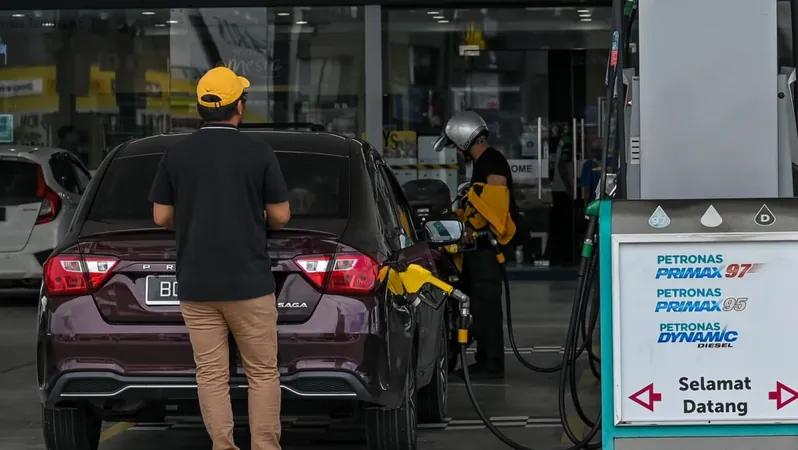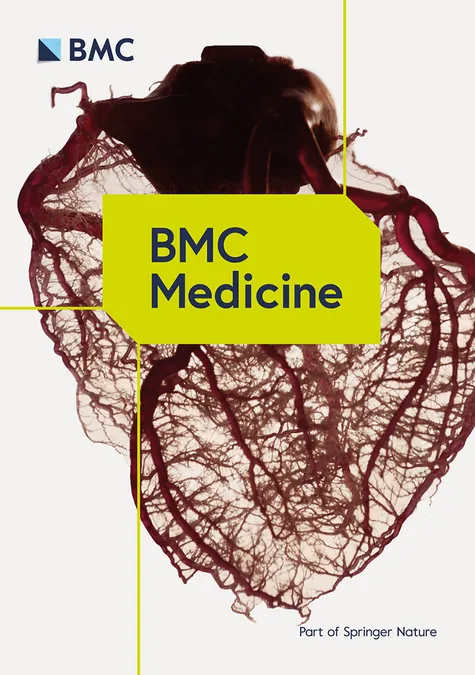
Malaysia's New Petrol Subsidy Rules: Are They Practical or Just Political Maneuvering?
2025-08-21
Author: Yu
Critical Changes to Petrol Subsidies in Malaysia
In a groundbreaking move, Malaysia is set to revamp its petrol subsidy system, now considering property and luxury car ownership as part of the eligibility criteria. But analysts are warning that this could complicate a politically sensitive measure that has already cost the ruling government votes.
What’s the Plan?
Prime Minister Anwar Ibrahim announced in parliament that the government is finalizing the new eligibility criteria for the popular RON95 petrol subsidy, which mainly targets low-and-middle-income citizens. "We are including criteria like property and luxury vehicle ownership, alongside monthly income, to ensure the subsidy reaches those who truly need it," he stated.
While Anwar reassured that 85% of Malaysians won’t be negatively impacted, concerns linger about how these criteria will be enforced at petrol pumps and the potential costs involved in updating petrol station systems.
Complications of the New Criteria
The specifics on how to determine what constitutes a luxury vehicle or high-value property remain vague. A Finance Ministry spokesperson commented, "Everything is being considered," indicating that the final guidelines are still being evaluated.
The subsidies will aim to combat issues such as foreign nationals receiving assistance improperly. On July 23, Anwar unveiled a plan to lower RON95 petrol prices from RM2.05 to RM1.99 per litre for eligible Malaysians, benefiting an estimated 18 million citizens.
Challenges Ahead: Implementation and Data Complexity
Economist Shankaran Nambiar suggests the government may adopt a "multi-dimensional metric" to evaluate eligibility. This is a comprehensive approach, but it introduces complexities in implementation that could hinder efficiency.
Lee Heng Guie from the Socio-Economic Research Centre pointed out that as petrol vehicles are more commonplace than diesel, the criteria for petrol subsidies could have a higher income threshold—potentially setting it around RM200,000 annually. He emphasized the importance of using demographic and income data effectively.
Enforcement and the Future of Subsidies
To enforce these new eligibility requirements, the Finance Ministry has hinted at introducing a two-tier pricing system that may involve technology, such as the MyKad identity card, to streamline the process at petrol stations.
However, the Petrol Dealers Association of Malaysia expressed concerns that such changes could lead to operational challenges and possibly longer wait times for consumers.
A Politically Charged Transition
Anwar's government is walking a tightrope with these subsidy reforms. Previous cuts, particularly to diesel subsidies, have proven unpopular, highlighted by losses during recent elections.
While the aim is to create a fairer system, where only those who need support receive it, the inherent risks of administrative errors are palpable. Nambiar noted the potential inefficiencies of implementing a complex system, suggesting instead that a cash rebate could streamline the process for eligible applicants.
Conclusion: A Test for Anwar's Leadership
Fuel subsidies are a hot-button issue in Malaysia, deeply tied to public sentiment. Although Anwar noted the significant RM20 billion yearly expenditure on these subsidies, the political ramifications of any changes are far-reaching. With potential loopholes on the horizon, will the new system provide relief or merely be a political strategy to stave off public discontent?



 Brasil (PT)
Brasil (PT)
 Canada (EN)
Canada (EN)
 Chile (ES)
Chile (ES)
 Česko (CS)
Česko (CS)
 대한민국 (KO)
대한민국 (KO)
 España (ES)
España (ES)
 France (FR)
France (FR)
 Hong Kong (EN)
Hong Kong (EN)
 Italia (IT)
Italia (IT)
 日本 (JA)
日本 (JA)
 Magyarország (HU)
Magyarország (HU)
 Norge (NO)
Norge (NO)
 Polska (PL)
Polska (PL)
 Schweiz (DE)
Schweiz (DE)
 Singapore (EN)
Singapore (EN)
 Sverige (SV)
Sverige (SV)
 Suomi (FI)
Suomi (FI)
 Türkiye (TR)
Türkiye (TR)
 الإمارات العربية المتحدة (AR)
الإمارات العربية المتحدة (AR)